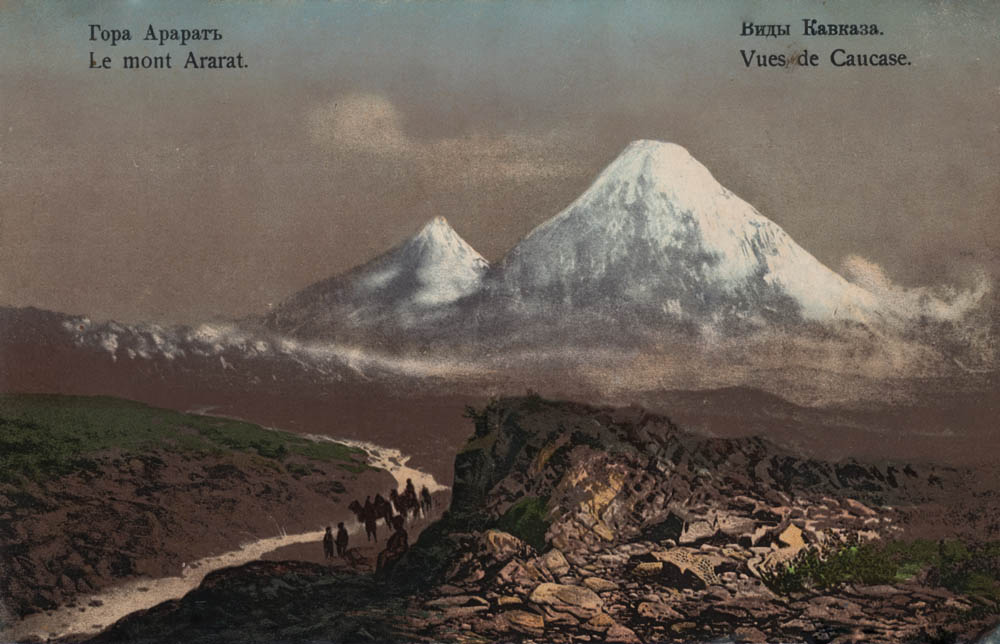Ararat is a dormant volcano located in eastern Turkey. This mountain has two peaks, Greater Ararat (5,137 m) and Lesser Ararat (3,896 m).
Since the Middle Ages, Ararat has been associated with the Book of Genesis, and during that time, the first attempts to climb its summit were made. The Flemish traveler William of Rubruck (ca. 1210 – ca. 1293) wrote that “Many have tried to ascend it, but no one has succeeded.”
The Armenian Apostolic Church has always opposed ascents of Ararat for religious reasons, believing that Noah’s Ark still rests on the summit of the mountain and to preserve it, no one is allowed to approach it. The first successful ascent of Greater Ararat was made on October 9, 1829, by the German naturalist, explorer, and mountaineer Friedrich Parrot (1791-1841).
Mount Ararat retains immense cultural significance for Armenians – it was the geographical center of Ancient Armenia (331 BC – 428 AD). Additionally, according to Armenian pre-Christian mythology, the abode of the gods is located on Ararat.
